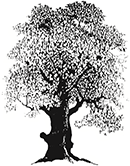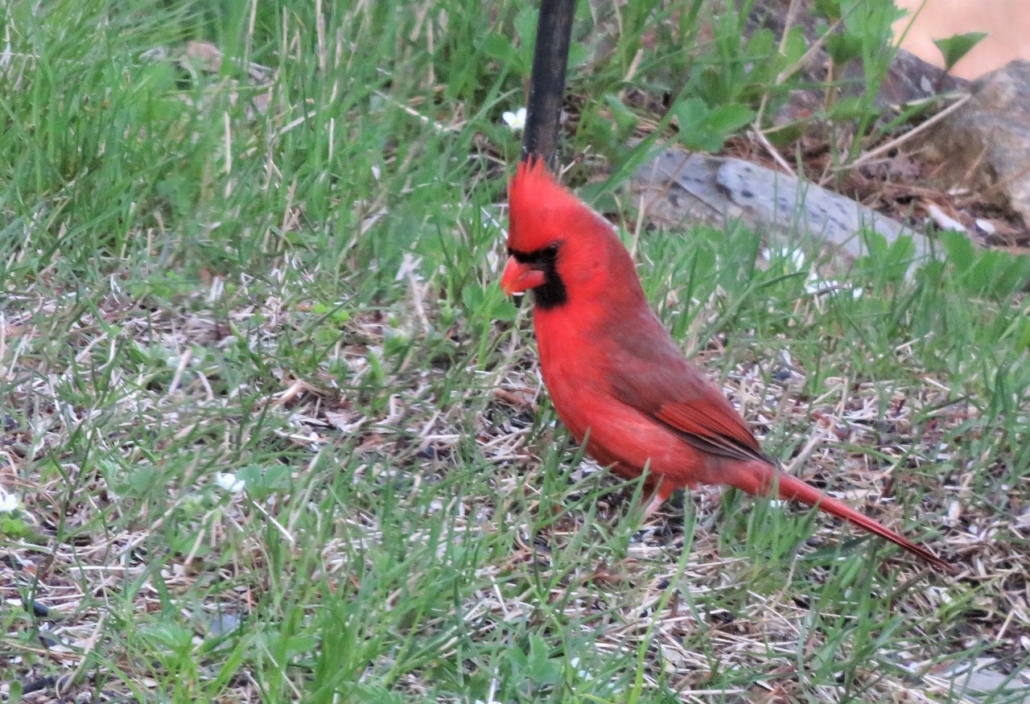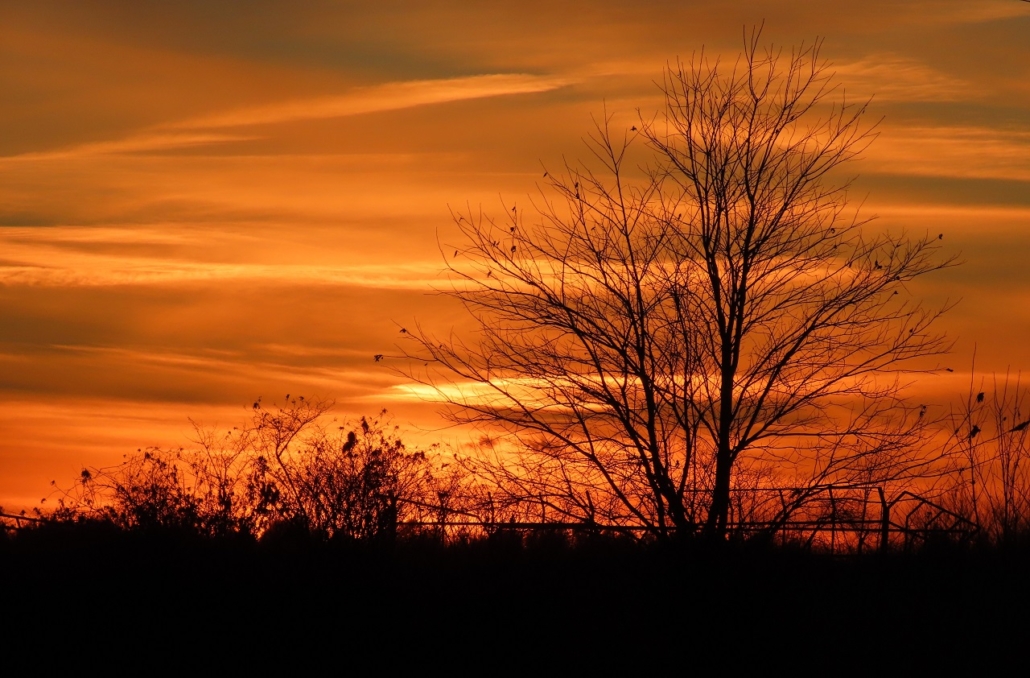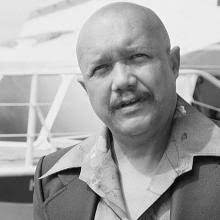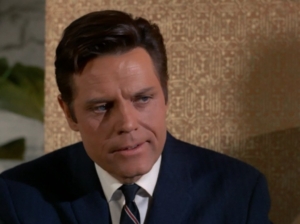Give Us Your Best Shot! for Thursday, December 16, 2021
/0 Comments/in China, Clinton, Give Us Your Best Shot!, Photo/by Website EditorTo submit a photo for this section, please visit our contact page or email us at townline@townline.org!
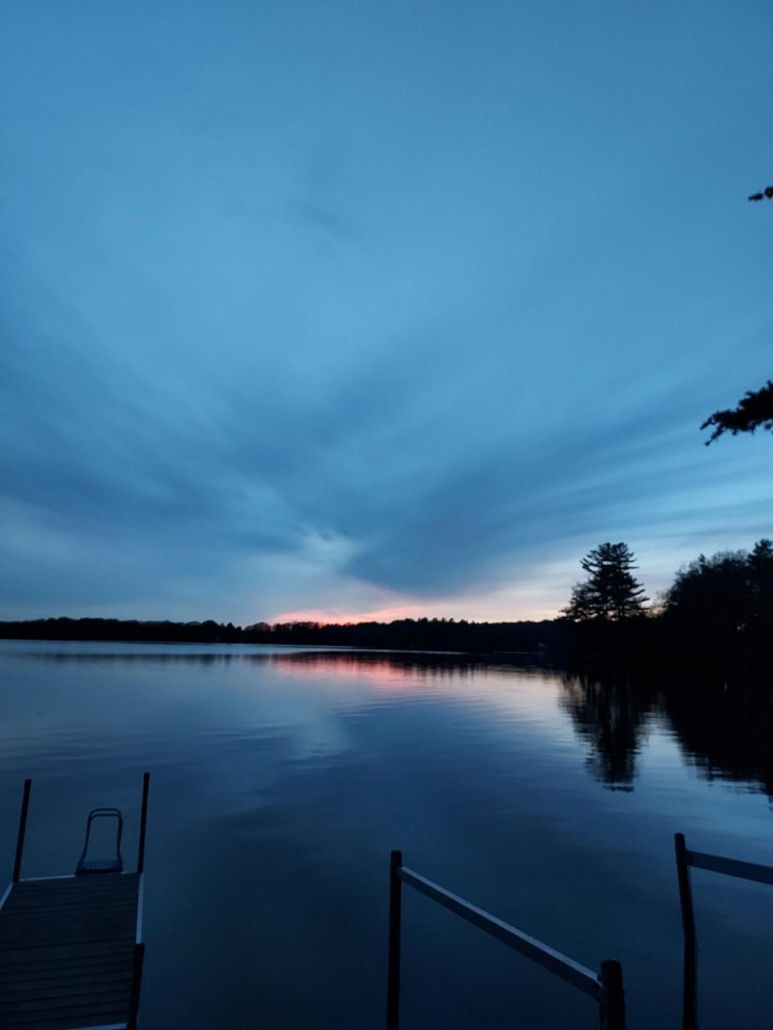
COLORFUL SUNSET: Summer resident Susan Thiem, of Corpus Christi, Texas, snapped the beautiful colors and sunset on China Lake.
I’M JUST CURIOUS: 12 birds of Christmas
/0 Comments/in I’m Just Curious/by Debbie Walker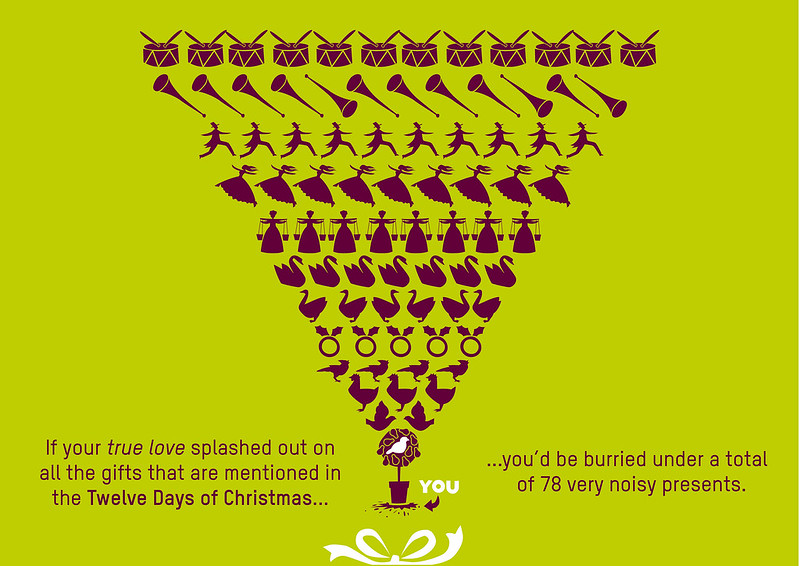
 by Debbie Walker
by Debbie Walker
Merry Christmas! What does that have to do with all those birds in the song The 12 Days of Christmas? What’s the story behind that? Well, I just read about all this in, yes, The Farmer’s Almanac newsletter.
I learned it was first published in England in 1780, most likely as a lyrical poem much earlier. It became a song in 1909. But I was more interested in the birds.
The first gift was a “partridge in a pear tree”. This bird would have been around in the holiday season. The pear tree is a gift of food. They perch and roost in the trees, but they won’t eat the fruit as they eat grains and seeds. The fruit is harvested in the fall but stored, can last into the winter. Two bountiful gifts.
Two turtle doves are the second day. The doves in a pair would have been a good gift because may breed and be meals in the future.
Three French Hens could lay as many as 900 eggs per year! They could be eaten, sold, or allowed to hatch and young chickens to be used for meal or even more egg production. Food and possible income again.
Four Calling Birds are believed to be the Eurasian blackbird. A thrush with a wonderful sound. It would just be for singing, I guess.
Five Gold Rings you might consider bird banding, also called bird ringing. Not much else to say.
Six Geese A-Laying would be another form of animal, food gift. This gift probably was for the meat but could also be the feathers of resulting flock as goose down for winter wear and insulation. It would be ideal for a holiday gift for the coldest season.
Seven Swans A-Swimming aren’t specially noted as laying, they were most likely a gift of luxury. Swans are a symbol or romance and elegance.
Oh yeah then there were 8 Maids a Milking, 9 Lord’s a Leaping, 11 Piper’s Piping takes us back to birds, and you would probably find them on the beach. They are actually Piping Plovers.
Obviously the birds represented a richness and symbolism of the carol.
Done with birds and on to Poinsettia, the seasonal plant associated with Christmas.
Poinsettia are the number one potted plant sold in the USA today.
They are not toxic to children or humans but if a child ate 500 leaves that would be unsafe (!!). They are mildly poisonous to cats and dogs.
They come in many colors and are now available in marbled, striped or spotted tones.
I have two Poinsettia plants growing in my flower garden right now. It started blossoming about a month ago. Well, not so much of blossoming as the green leaves beginning to turn red. It is almost as tall as me now. I have seen them locally growing as high as the eaves on a single story house.
I am just curious if you have any curiosity about traditions. Share them, please. Remember in the next week to get your sleep, eat good meals and breath! The “busyness” won’t last much longer so find some way to relax and enjoy! Do what you can do and don’t worry about the rest.
Contact me at DebbieWalker@townline.org with any questions or comments. Thanks for reading and enjoy your week.
REVIEW POTPOURRI – Soprano: Dorothy Maynor; TV Show: Last Man Standing; Poet: Edna St. Vincent Millay
/0 Comments/in Review Potpourri/by Peter Cates by Peter Cates
by Peter Cates
Dorothy Maynor
African-American soprano Dorothy Maynor (1910-1996) sang at the inauguration of Harry S Truman in 1948 and Dwight D. Eisenhower in 1953; however, while singing frequently in concert and on radio and recordings, she was never invited to the Metropolitan Opera during her peak years.
In 1964, she founded the Harlem School of the Arts, which provided low cost music education to African-American students, and served as director for many years. Its enrollment had gone up to 1,100 students by the time she retired in 1979. Interestingly, while the Metropolitan Opera would never engage her due to prevailing racism in earlier decades, she was invited in 1975 to become the first African-American to serve on its board of directors.
A 1950 78 rpm set of three 12-inch discs, Sacred Songs (RCA Victor Red Seal M 1043), features arias by Bach, Handel, Mozart and Mendelssohn in which her uniquely warm, very heartfelt soprano voice is a special pleasure. Unfortunately, only a couple of the selections from this album are available on YouTube but there is a sizable number of others and, in time, somebody may post the other four sides.
Last Man Standing
I recently finished watching all 9 seasons of the comedy show Last Man Standing, starring the incredibly gifted cast of Tim Allen, Nancy Travis, Hector Elizondo, Jay Leno, Amanda Fuller, Molly Ephraim, Kaitlyn Dever, etc. Even the facial expressions and body movements were distinguished by brilliant timing, as well as the dialog and constant insults and repartee.
Edna St. Vincent Millay
The Maine poet Edna St. Vincent Millay (1892-1950) was born in Rockland and spent her adolescence in Camden.
After graduation from Vassar College, she found her way to Greenwich Village and published books of her poems, achieving fame and being awarded a Pulitzer Prize.
Although, and very unfortunately, little read today, her writing had a particularly extraordinary power and eloquence, as seen in the closing stanza from Renascence:
“The world stands out on either side
No wider than the heart is wide;
Above the world is stretched the sky,-
No higher than the soul is high.
The heart can push the sea and land
Farther away on either hand;
The soul can split the sky in two,
And let the face of God shine through.
But East and West will pinch the heart
That cannot keep them pushed apart;
And he whose soul is flat-the sky
Will cave in on him by and by.”
SCORES & OUTDOORS: Black and white squirrels…and football
/1 Comment/in Scores & Outdoors/by Roland D. Hallee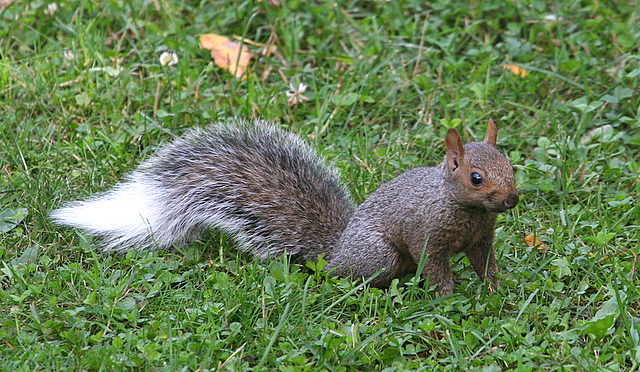
 by Roland D. Hallee
by Roland D. Hallee
My two recent columns on squirrels, black, and gray with white-tipped tails, have brought some local reaction. Over the last 30 years I have seen no more than three black squirrels, and one gray squirrel with a white-tipped tail.
A faithful reader and supporter in Vassalboro wrote: “You mentioned black squirrels – you have seen them in Vassalboro – well I live in Vassalboro and I have a small herd of them in my yard – up to 6 – and growing! Not rare here! I have two varieties of gray ones and red ones as well as the black ones. I also have a friend that lives on the lake in Palermo and they too have seen black ones. Just wanted you to know. I have not seen any with white tails – yet.”
Another reader sent this along to me: “Hi, love your column and thank you for so much information. Wanted to share this with you after reading your squirrel article in December 9, 2021, issue [of The Town Line]. Brevard, North Carolina, is the home of the rare white squirrel. My sister lived there and white squirrels ranged everywhere! Brevard even has a white squirrel festival! Thanks for your enlightening articles.”
I guess depending where you live, the subject is as plain as black and white.
* * * * * *
Let’s shift gears and talk football – New England Patriots to be exact.
Everyone who knows me knows I have been a Patriots fan since day one, in 1960. I have followed them through some really rough times. But, the last 20 years have been a wild ride. Eleven Super Bowl appearances and six victories. They have played in 15 AFC championship games, winning eleven. The Super Bowl losses have been to the Chicago Bears, Green Bay Packers, New York Giants, twice – ugh! I don’t want to talk about those. Especially since I was a Giants fan prior to 1960, when they were “New England’s team”. – and the Philadephia Eagles – losing on a trick play.
Last year was a bit of a disappointment, but then this year has been a pleasant surprise.
Let’s play “what if!”
The Patriots are currently 9-4 on the season, back home in first place in the division and the number one seed overall in the conference, holding tie breakers over Tennessee (a win in head-to-head competition) and Kansas City (because of the Patriots’ 7-1 record in the conference).
So, here we go. What if Damien Harris doesn’t fumble on the three yard line in the season opener against Miami. He was ready to score a game-winning touchdown. Patriots lose by one point.
Next, Tampa Bay Buccaneers and Tom Brady. The Patriots were down two points late in the fourth quarter and driving for a go-ahead score. The Patriots were forced to attempt a field goal by a very reliable kicker in Nick Folk. In a driving rain, the ball caroms off the left upright and is no good. Patriots lose by two points.
Third, the Patriots were leading the Dallas Cowboys by three points late in the game. They had the Cowboys pinned on their own side of the field, with a third down and 25 yards to go. Should have been game over. However, Dak Prescott completes a 24-yard pass to bring up fourth down. But now they were in field goal range. The kick is good, and we go to overtime. The Cowboys score a touchdown and the Patriots lose by six points.
Now, if you’ve been following this, and doing some math, you know the Patriots were three plays, and nine total points from being 12-1.
What if?
Roland’s trivia question of the week:
Tom Brady is 6-3 in Super Bowl games with the Patriots. Who were the quarterbacks against losses to Chicago and Green Bay?
SOLON & BEYOND: A look at some back issues
/0 Comments/in Solon & Beyond/by Marilyn Rogers-Bull by Marilyn Rogers-Bull & Percy
by Marilyn Rogers-Bull & Percy
grams29@tds.net
Solon, Maine 04979
This morning I’m going to write some of the August 4, 2005.
My many thanks to all of you who have told me you liked the Flagstaff article, my thanks also to Roland for doing this series, it means so much . This week I’m going to let Percy (he was still alive then ) have more space, he would like to share these words with you: Realize that you are capable of working miracles of your own making. Remember that it’s up to you to find the key that unlocks the door to your happiness. Understand that increased difficulty brings you nearer to the truth of how to get beyond it. Cross your bridges. Meet your challenges. Reach out for your dreams, and discover how to get closer and closer to a more fulfilling life. Get rid of the ‘if only,s and get on with whatever you need to do to get things right.” ( words by Douglas Pagels.)
A regular meeting of the Solon Historical Society was held at the Masonic Hall on July 25 with 18 attending. A short business meeting was conducted by president Lois Starbird. It was reported that someone has cut the cable across the society’s land on Parkman Hill and fires have been started there. Betsy Graboyes has given an answering machine for the History house and Enid Tozior donated a step ladder. The next meeting will be a picnic at the home of Harriet Dolan, in North Anson, on Monday, Aug. 22. The program, The History of the Boston Post Cane will be presented by Marilyn Rogers.
Now Percy and I will end this column with these wise words from George Washington: “Be courteous to all but intimate with few; and let these few be well tried before you give them your confidence.”
The following information is from another of The Town Line papers on December 19, 2019. Received a most welcome letter this week that pleased me greatly. It was from the Natural Resources Council of Maine….. and it starts with these words: “thank you for submitting your letter to the editor titled Thankful for Strong Opposition to CMP Corridor that ran on November 17, in the Kennebec Journal. We value your commitment to make the public aware of this critical environmental issue.”
I was very pleased to get that letter and, of course, I saved it! The letter ended with these words, “Thank you again for bringing awareness to concerns facing the nature of Maine. You have made a difference.”
And now I will end this week’s column with these words: And now for Percy’s memoir called Of Gifts of Life! Do what you can with the gifts of life and gifts of heart and mind, while they are still within our power to share with humankind – for it is seldom meant to be that gifts we own today, will be forever ours to keep or ours to give away. Don’t let them fade to trials of time or waste to dearths of age, for they are like the joys of youth luxuries of wage, they’re ours to own for just a while, to do with as we can, that will endear our souls to God and grace our fellow man. (words by Michael Dubina.)
REVIEW POTPOURRI: Jazz & Christmas
/0 Comments/in Review Potpourri/by Peter Cates by Peter Cates
by Peter Cates
Keiko Lee
Keiko Lee is a 56-year-old jazz singer, born in South Korea and now living in Japan. She has rightfully achieved fame for her understated performances in concerts and on CDs since 1995.
A 2010 CD, Smooth (Sony Music Japan S70614C), contains 10 songs that include Hoagy Carmichael’s The Nearness of You, Burt Bacharach’s A House Is not a Home, Stevie Wonder’s Weakness, and John Lennon’s Across the Universe. Several of her performances are on YouTube.
Kheigh Deigh
In addition to Jack Lord’s (1920-1998) very persuasive Chief Steve McGarrett of the Hawaii State Police on the first Hawaii Five-O, which ran for over 12 years on CBS from 1968 to 1980, I was very entertained by Kheigh Deigh (1910-1981) as the frequently appearing Chinese Communist spy Wo Fat who conveyed both sly wit and slimy malevolence in his fierce determination to loyally serve Mao’s government.
Earlier in 1962, he gained fame as the doctor supervising experiments on kidnapped American soldiers in Frank Sinatra’s classic film The Manchurian Candidate, in which he states, “We not only brainwash our subjects, we dry-clean them.”
Deigh also appeared as Genghis Khan during the late ‘70s on Meeting of Minds, Steve Allen’s talk show in which historic figures discussed major issues.
Kheigh Deigh was born Kenneth Dickerson, in Spring Lake, New Jersey, to a man whom he described, “as Portugese, Italian and Zulu, while Mother was Chinese, Spanish, English and Egyptian.”
Great Songs of Christmas
For several years starting in 1961, Columbia Records, in conjunction with Goodyear Tires, released the annual Great Songs of Christmas, an anthology of Xmas favorites performed by different artists in Columbia’s record catalog, and sold them for $1 per record.
I first encountered Album 2, from 1962, at a friend’s house almost 60 years ago and now own it and this gentleman’s other records; his widow left it to the Vassalboro Historical Society, after which its representatives made me an offer I just couldn’t refuse.
That particular Album 2 consists of 21 Yuletide favorites performed by Columbia’s musical stars – Percy Faith, Eileen Farrell, Andre Kostelanetz, André Previn, the Mormon Tabernacle Choir, Leonard Bernstein, etc. Particularly enjoyable were Faith’s Hark the Herald Angels Sing, the Norman Luboff Choir’s The Holly and the Ivy, and Bernstein conducting the New York Philharmonic in Tchaikovsky’s Nutcracker excerpts.
FOR YOUR HEALTH: Wisdom Teeth Removal: Why, When And How
/0 Comments/in For Your Health/by Website Editor
Here’s something to smile about: Tips for the 85 percent of young adults who don’t have room for third molars.
(NAPSI)—This year, more than five million Americans, mostly between the ages of 17 and 25, will have their wisdom teeth removed to prevent or address teeth crowding or pain. Dentists recommend that most people (85%) have their wisdom teeth taken out to prevent health issues—such as impactions, infections, or decay—because modern mouths are smaller than our ancestors’ and typically don’t have room for this third set of molars.
That’s the why. But when is best for this preventive surgery? Wisdom teeth (so-called because of how late in life they form, once a person has a bit more wisdom), are easiest to remove when the roots are not yet fully formed, so many dentists recommend removing them in late adolescence. Waiting until they come in fully can make extraction and recovery more difficult.
According to Nadia Fugate, DMD, a licensed dentist who serves as a Delta Dental of Washington dental consultant, “Many people’s mouths just aren’t big enough for all 32 teeth, making crowding issues worse. This leads to potential damage to the adjacent teeth, difficulty keeping teeth clean and leading to decay or infections of the gums around these teeth. Wisdom teeth can also cause jaw, muscle, and headache pain. Because every person’s mouth is different, you should ask your dentist if your or your child’s wisdom teeth need to be removed.”
Wisdom teeth recovery tips for patients and caregivers
While removing wisdom teeth requires outpatient surgery and anesthesia, the extraction process itself is usually short and pain-free. The more difficult part for wisdom teeth extraction patients is the recovery portion, which typically lasts between three and seven days.
The first two days are the most painful and is when blood clots form to protect the wound from infection and prevent excess bleeding. During this period, patients should keep the area clean, brush gently near the extraction site and avoid chewing.
Pain relief medication, such as ibuprofen or acetaminophen, can be taken as needed. Dentists recommend icing the cheeks on the first day and keeping the head elevated. A gentle rinse with antiseptic mouthwash is okay after the first 24 hours. Additional gauze can be applied to the surgery site if there is a lot of bleeding. In some cases, sutures will need to be removed by the dentist, about a week after surgery.
As far as food is concerned, for the first two days, consuming yogurt, pudding, smoothies and liquids is fine but don’t use a straw; it can loosen blood clots. After then, patients can eat soft foods such as scrambled eggs, Jell-O or mashed potatoes. Most importantly, avoid hard or sticky foods for at least a week, as well as foods with seeds which can easily get stuck in the extraction site.
Complications are rare and, typically, the only thing you may need is to have sutures removed, approximately one week after the surgery. Watch for signs of fever, difficulty swallowing or breathing, persistent numbness or pus oozing from the socket and alert your caregiver if any of those symptoms arise. Swelling should reduce after two days; let your dentist know if it doesn’t.
One of the more serious complications of wisdom tooth removal is a condition known as “dry socket,” in which the protective blood clot is disturbed and the bone is exposed to air, food, and bacteria. This can be very painful, as well as a cause of infection. Avoiding the use of straws, smoking, spitting or getting strenuous exercise for the first two weeks after surgery can help prevent this condition.
Learn More
For more facts about wisdom teeth, visit www.DeltaDentalWA.com/blog.
FINANCIAL FOCUS: Retirees fear becoming a burden
/0 Comments/in Financial Focus/by Sasha Fitzpatrick by Sasha Fitzpatrick
by Sasha Fitzpatrick
It’s human nature to want to make things easier for our loved ones – and to have great concern about adding any stress to their lives. In fact, 72 percent of retirees say that one of their biggest fears is becoming a burden on their families, according to the Edward Jones/Age Wave Four Pillars of the New Retirement study. How can you address this fear?
First, don’t panic. In all the years leading up to your retirement, there’s a lot you can do to help maintain your financial independence and avoid burdening your grown children or other family members. Consider these suggestions:
Increase contributions to your retirement plans and health savings account. The greater your financial resources, the greater your financial independence – and the less likely you would ever burden your family. So, contribute as much as you can afford to your IRA, your 401(k) or similar employer-sponsored retirement plan. At a minimum, put in enough to earn your employer’s matching contributions, if offered, and increase your contributions whenever your salary goes up. You may also want to contribute to a health savings account (HSA), if it’s available.
Invest for growth potential. If you start investing early enough, you’ll have a long time horizon, which means you’ll have the opportunity to take advantage of investments that offer growth potential. So, in all your investment vehicles – IRA, 401(k), HSA and whatever other accounts you may have – try to devote a reasonable percentage of your portfolio to growth-oriented investments, such as stocks and stock-based funds. Of course, there are no guarantees and you will undoubtedly see market fluctuations and downturns, but you can help reduce the impact of volatility by holding a diversified portfolio for the long term and periodically rebalancing it to help ensure it is aligned with your risk tolerance and time horizon. Keep in mind, though, that diversification does not ensure a profit or protect against loss in a declining market.
Protect yourself from long-term care costs. Even if you invest diligently for decades, your accumulated wealth could be jeopardized, and you could even become somewhat dependent on your family, if you ever need some type of long-term care, such as an extended stay in a nursing home or the services of a home health care aide. The likelihood of your needing such assistance is not insignificant, and the care can be quite expensive. In fact, the median cost for home health services is nearly $55,000 per year, while a private room in a nursing home can exceed $100,000, according to Genworth, an insurance company. To help protect yourself against these steep and rising costs, you may want to contact a financial professional, who can suggest an appropriate strategy, possibly involving various insurance options.
Create your estate plans. If you were ever to become incapacitated, you could end up imposing various burdens on your family. To guard against this possibility, you’ll want to ensure your estate plans contain key documents, such as a financial power of attorney and a health care directive.
It’s safe to say that no one ever wants to become a financial burden to their family. But putting appropriate strategies in place can go a long way toward helping avoid this outcome.
Edward Jones is a licensed insurance producer in all states and Washington, D.C. Edward Jones, its employees and financial advisors cannot provide tax or legal advice. You should consult your attorney or qualified tax advisor regarding your situation.
GROWING YOUR BUSINESS: Treat your employees well
/0 Comments/in Growing Your Business/by Dan Beaulieu
 by Dan Beaulieu
by Dan Beaulieu
Business consultant
A few years ago, Herb Kelleher, the CEO and founder of Southwest Airlines shook up the business world by declaring that the employee comes first, and the customer comes second. At first people were shocked, they could not understand such heresy. Of course, the customer comes first, everybody knows that since the customer is always right …right?
But wise old Herb Kelleher went on to explain that the happier the employees were, the more prone they would be to treat the customers like gold, the way they should be treated.
And to those of us who have flown Southwest Airlines we have witnessed first hand that Kelleher was right. Those flight attendants are the cheeriest bunch of people I have ever met. They even have jokes they like to say like, “There might be 50 ways to leave your lover, but there are only four ways to get off this airline.” And songs they like to sing. Sure it’s all a little corny, but I have to admit that these antics do tend to cheer up even the crabbiest of tired travelers (yours truly included).
I do know from my own experience working with companies that the companies that are committed to keeping their employees happy and satisfied, and the companies that go to great lengths to look out for their employees, are indeed the best run companies and they do in fact have the best customer service.
So here, from a great little book called Amaze Every Customer Every Time, by Shep Hyken, are some very useful tips on how to treat your employees well so they will treat your customers even better:
- Treat employees the way you want the customer treated, maybe even better.
- The only way you can possibly amaze your customers every time is by amazing your employees first.
- Talking about the employees’ golden rule is not enough. You, as a leader, must model it daily.
- Create a clear and precise mission for your company and make sure that your employees not only know it and understand it…but believe in it as well, and that starts with you as their leader.
- As a leader you have to walk the walk and lead by example. If your employees see you treating your customers well, they will follow your lead.
And one of my own: Remember that what a company leader or owner says or does resonates very loudly in the company. As a leader be very careful with your words, and never, and I mean never, complain or knock a customer. And never let them see you treat a customer poorly.
In short, if you treat your employees the way you want them to treat your customers it will be a perfect way to run your business and, yes, to grow your business.
Interesting links
Here are some interesting links for you! Enjoy your stay :)Site Map
- Issue for April 3, 2025
- Issue for March 27, 2025
- Issue for March 20, 2025
- Issue for March 13, 2025
- Issue for March 6, 2025
- Issue for February 27, 2025
- Issue for February 20, 2025
- Issue for February 13, 2025
- Issue for February 6, 2025
- Issue for January 30, 2025
- Issue for January 23, 2025
- Issue for January 16, 2025
- Issue for January 9, 2025
- Issue for January 2, 2025
- Issue for December 19, 2024
- Issue for December 12, 2024
- Issue for December 5, 2024
- Issue for November 28, 2024
- Issue for November 21, 2024
- Issue for November 14, 2024
- Issue for November 7, 2024
- Issue for October 31, 2024
- Issue for October 24, 2024
- Issue for October 17, 2024
- Issue for October 10, 2024
- Issue for October 3, 2024
- Sections
- Our Town’s Services
- Classifieds
- About Us
- Original Columnists
- Community Commentary
- The Best View
- Eric’s Tech Talk
- The Frugal Mainer
- Garden Works
- Give Us Your Best Shot!
- Growing Your Business
- INside the OUTside
- I’m Just Curious
- Maine Memories
- Mary Grow’s community reporting
- Messing About in the Maine Woods
- The Money Minute
- Pages in Time
- Review Potpourri
- Scores & Outdoors
- Small Space Gardening
- Student Writers’ Program
- Solon & Beyond
- Tim’s Tunes
- Veterans Corner
- Donate
